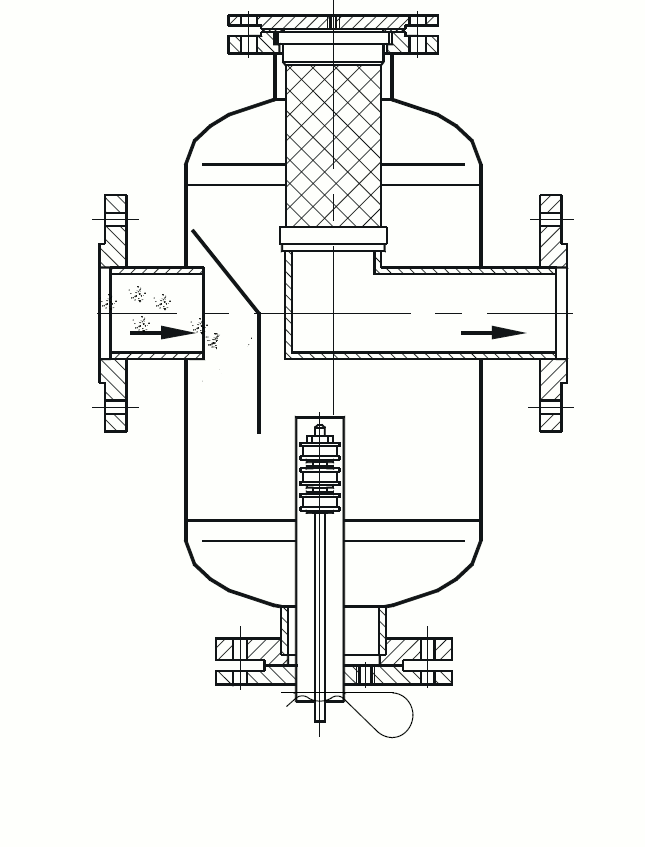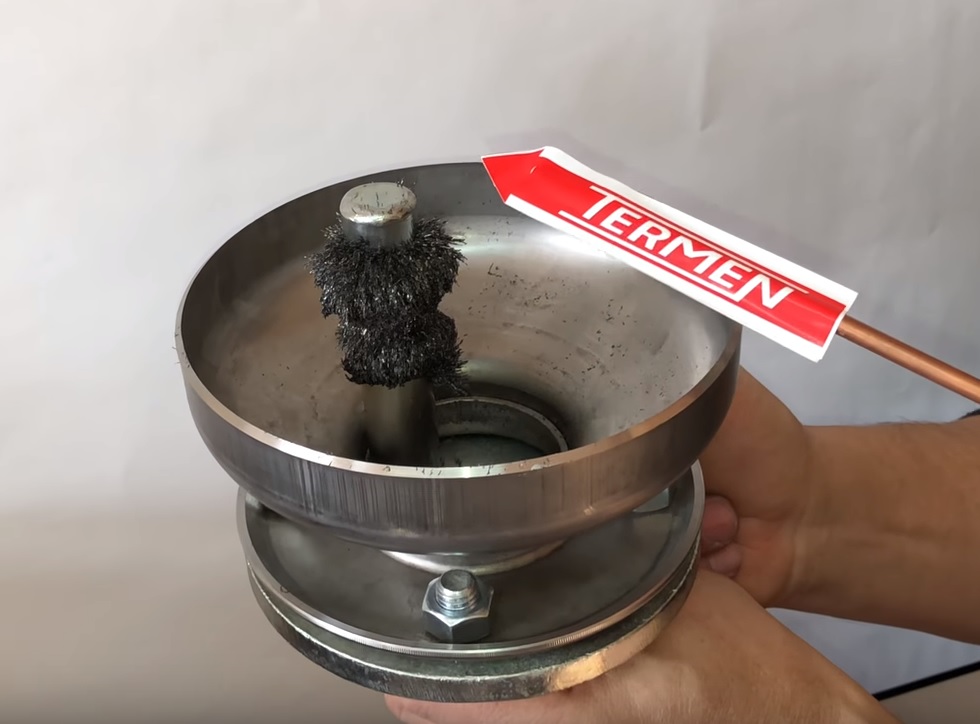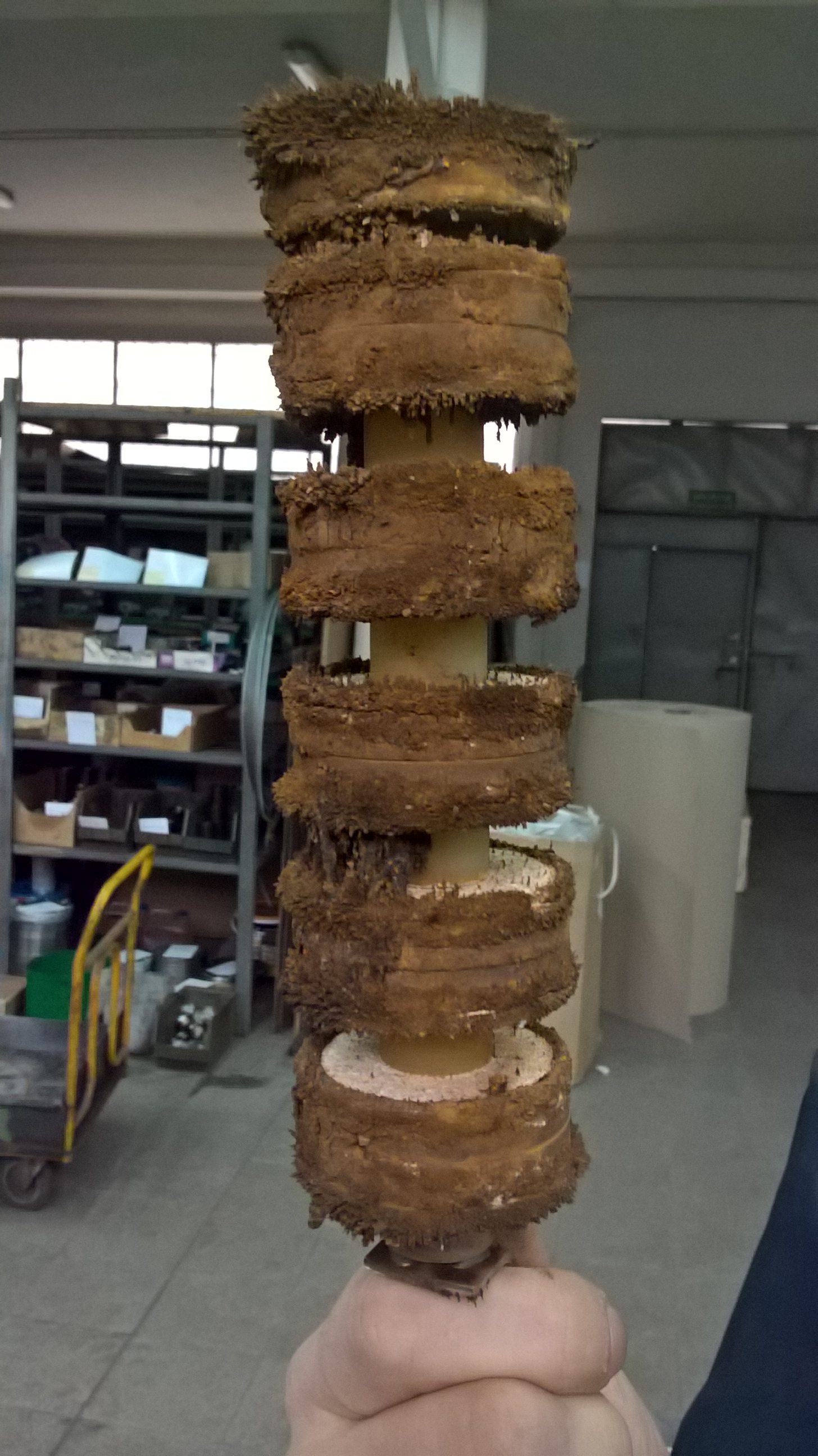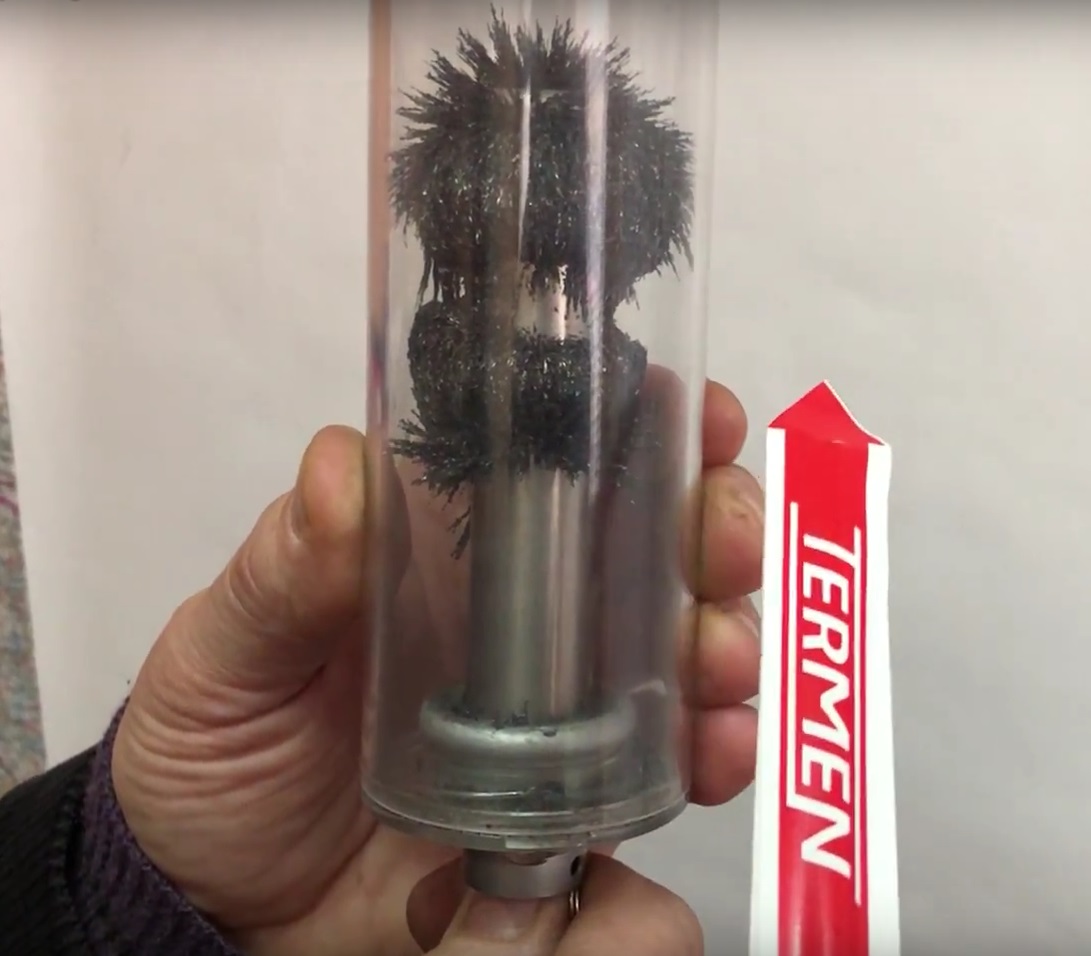The New, Magnetic Impurity Separator.
2017-11-27 | Strainers
Dirt separators in Sedimentation Filters
Impurity separators, with new, neodymium magnetic piles for use in TERMEN sedimentation filters. A neodymium pile produces a magnetic field which is 10 times stronger when compared to ferrite magnets. Its task is to separate pollutants and to stop the paramagnetic fractions carried by filtered liquid. Its strong magnetic field makes it much more efficient. The neodymium magnetic pile is located in the protective sleeve. The design of the sedimentation filter directs the filtered liquid onto the magnetic field produced by the neodymium magnets, where the particles are separated off, collected and deposited on the protective sleeve. As a result, no impurities can settle directly onto the magnets and are easy to remove. Unlike sedimentation filters produced by other manufacturers, the pile does not have direct contact with the filtered liquid or with the impurities. Periodic cleaning of the filter is extremely simple and just requires the magnetic pile to be pulled out of the protective sleeve. Contamination is deposited at the bottom of the filter by the magnetic field and is disposed of by opening the drain valve. The magnetic pile is left clean.
The latest TERMEN sedimentation filter is equipped with neodymium magnets, the greatest advantage of which is the quick and easy way that impurities can be removed, without the need to switch the system off; nor there is any need to strip down the device, during the periodic cleaning of the net filter with the counter current.

| Neodymium pile | Ferrite Pile |
| 10x stronger magnetic field. | A relatively weak magnetic field when compared to neodymium fields. |
| The separator remains clean in the protective sleeve. | No cover; impurities are deposited directly onto the magnets and are difficult to remove |
| Removal time for the pollutants – max. 30 seconds. | Cleaning time of the sedimentation filter takes about 30-40 minutes. |
| Cleaning may take place during the operation of the system without disrupting work. | It is necessary to shut the system down, then wait for it to cool down, then disassemble the flange or muff and finally replace the gaskets |
Categories
- Termen (11)
- Automatomatic Sets (2)
- Pressure vessels (1)
- Strainers (3)
- Temperature stabilizers (1)
- Valves (1)
- Belimo (1)



